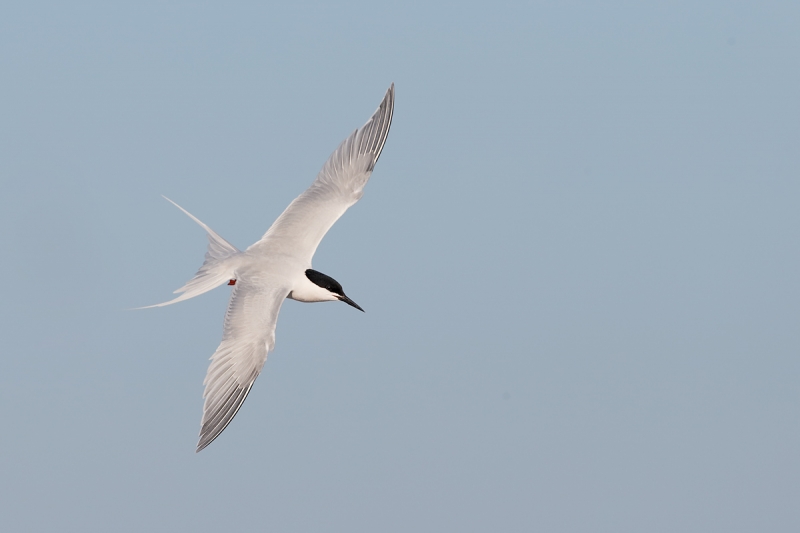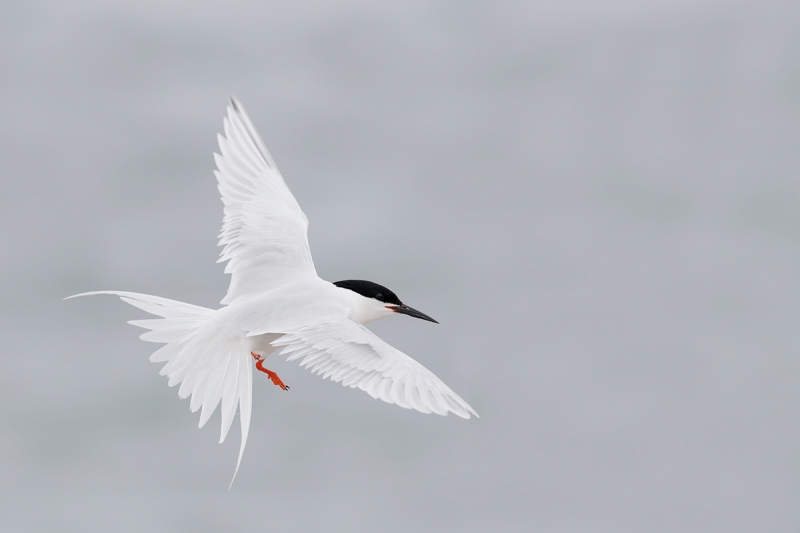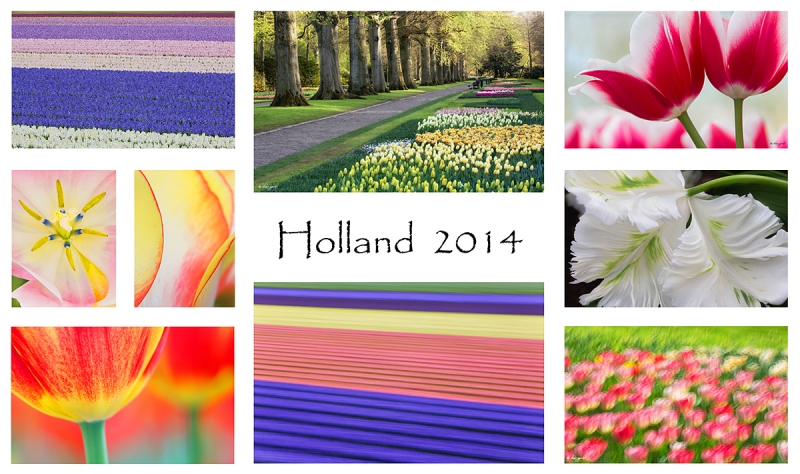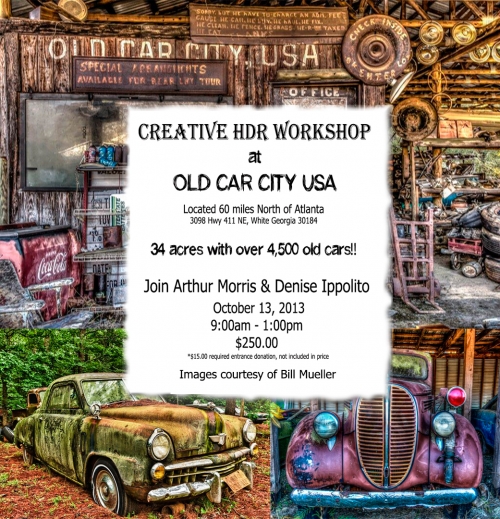|
This Roseate Tern was photographed on Great Gull Island with the hand held Canon 300mm f/2.8 L IS II lens, the 1.4X III TC, and the Canon EOS-1D X. ISO 400. Evaluative metering +2/3 stop: 1/2500 sec. at f/6.3 in Manual mode. Central Sensor/AI Servo Surround/Rear Focus active at the moment of exposure. Click here if you missed the Rear Focus Tutorial. Click on the image to enjoy a larger, more spectacular version. Image #1. |
Which One?
One of the Roseate Tern flight images here underwent some major reconstructive Photoshop surgery. Was it image #1 or image #2? If you are sure, what is your evidence? In an upcoming blog post I will share both original captures.
|
This Roseate Tern was also photographed on Great Gull Island with the hand held Canon 300mm f/2.8 L IS II lens, the 1.4X III TC, and the Canon EOS-1D X. ISO 800. Evaluative metering +1 2/3 stops off the grey sky: 1/2500 sec. at f/5.6 in Manual mode. Central Sensor/AI Servo Surround/Rear Focus active at the moment of exposure. Click here if you missed the Rear Focus Tutorial. Click on the image to enjoy a larger, more spectacular version. Image #2. |
Your favorite?
Which of the two images above do you like best? Be sure to let us know why. While I like both of them, I do have a clear favorite.
|
Images copyright 2012: Denise Ippoltio & Arthur Morris. Card design by Denise Ippolito. Click on the image to enjoy a spectacular larger version. |
Holland 2014 7 1/2-Day/8-Night: A Creative Adventure/BIRDS AS ART/Tulips & A Touch of Holland IPT. April 17-April 24, 2014 :$4995 Limit: 12 photographers/Openings 9
This trip needs 8 registrants to run so please do not purchase your plane tickets until you hear from us; right now we need 5 more folks.
Join Denise Ippolito, Flower Queen and the author of “Bloomin’ Ideas,” BPN Photo Gear Moderator, former Nikon shooter, and technical expert Peter Kes, and Arthur Morris, Canon Explorer of Light and one of the planet’s premier photographic educators for a great trip to Holland in mid-April 2014. Day 1 of the IPT will be April 17, 2014. We will have a short afternoon get-together and then our first photographic session at the justly-famed Keukenhof. Peter who is originally from Holland, will be our local guide/interpreter/driver. Most days we will return to the hotel for lunch, image sharing and a break. On Day 8, April 24, we will enjoy both morning and afternoon photography sessions.
The primary subjects will be tulips and orchids at Keukenhof and the spectacularly amazing tulip, hyacinth, and daffodil bulb fields around Lisse. In addition we will spend one full day in Amsterdam. There will be optional visits the Van Gogh Museum in the morning and the Anne Frank House in the afternoon; there will be plenty of time for street photography as well. And some great food. On another day we will have a wonderful early dinner at Kinderdijk and then head out with our gear to photograph the windmills and possibly some birds for those who bring their longs lenses. We will spend an afternoon in the lovely Dutch town of Edam where we will do some street photography and enjoy a superb dinner. All lodging, ground transportation, entry fees, and meals (from dinner on Day 1 through dinner on Day 8) are included.
For those who will be bringing a big lens we will likely have an optional bird photography afternoon or two or possibly three. The big attraction should be gorgeous Purple Herons in flight at a breeding marsh. We would be photographing them from the roadside. And we might be able to find a few Great-crested Grebes at a location near Keukenhof.
Click here for complete details and some previously unpublished images. And/or click here and see item one for lots more tulip photos and complete trip details.
|
Images courtesy of and copyright 2012: Bill Mueller. Card design by Denise Ippolito. |
Old Car City Creative Photography In-the-Field HDR Workshop: Sunday, October 13, 2013/ 9am till 1pm.
White, Georgia: $250 plus a $15 entrance fee donation (cash only on the day of the event) that will go to charity. Limit: 16 photographers.
On October 13, 2013, Arthur Morris/BIRDS AS ART and Denise Ippolito/A Creative Adventure will be conducting an In-the-Field HDR Workshop at Old Car City in White, Georgia. Old Car City is about an hour north of Atlanta, GA and an hour south of Chattanooga, TN where they will, as noted above, be doing a full day seminar for the Photographic Society of Chattanooga on Saturday, October 12th. Click here for complete details.
Typos
On all blog posts, feel free to e-mail or leave a comment regarding any typos, wrong words, misspellings, omissions, or grammatical errors. Just be right. 🙂
Support the BAA Blog. Support the BAA Bulletins: Shop B&H here!
We want and need to keep providing you with the latest free information, photography and Photoshop lessons, and all manner of related information. Show your appreciation by making your purchases immediately after clicking on any of our B&H or Amazon Affiliate links in this blog post. Remember, B&H ain’t just photography!




Support the Blog


Amazon
Everyone buys something from Amazon, be it a big lens or deodorant. Support the blog by starting your search by typing in the little white box below. No purchase is too small to be appreciated; they all add up. Why make it a habit? Because I make it a habit of bringing you new images and information on an almost daily basis.
And from the BAA On-line Store:
LensCoats. I have a LensCoat on each of my big lenses to protect them from nicks and thus increase their re-sales value. All my big lens LensCoat stuff is in Hardwood Snow pattern.
LegCoat Tripod Leg Covers. I have four tripods active and each has a Hardwood Snow LegCoat on it to help prevent further damage to my tender shoulders 🙂 And you will love them in mega-cold weather….
Gitzo GT3532 LS CF Tripod. This one replaces the GT3530LS Tripod and will last you a lifetime. Learn more about this great tripod here.
Mongoose M3.6 Tripod Head. Right now this is the best tripod head around for use with lenses that weigh less than 9 pounds. For heavier lenses, check out the Wimberley V2 head.
Double Bubble Level. You will find one in my camera’s hot shoe whenever I am not using flash.
The Lens Align Mark II. I use the Lens Align Mark II pretty much religiously to micro-adjust all of my gear an average of once a month and always before a major trip. Enjoy our free comprehensive tutorial here.
BreezeBrowser. I do not see how any digital photographer can exist without this program.
Delkin Flash Cards. I use and depend on Delkin compact Flash Cards and card readers most every day. Learn more about their great 700X and 1000X cards here or about my favorite Delkin card here.


















I like #2 the best, the angle of view and I like the landing gear down!!
#2 – the angle and light on the bird against the gray background, size and placement in the frame, tail spread, 3 layer detail on the wing, slight blur of wingtip, better defined eye, contrasting orange, and last but not least — those wonderfully pronounced toenails! 🙂
I liked the second image slightly more because it showed details especially in the feathers a little better. Howecer, the pose in the first I liked better.
Either the colours are different in the 2 birds or the exposure is off in one. I think 2 is a touch over-exposed so 1 is the better image in showing the birds true colours. I liked both images a lot. Each have their own appeal.
#2 is not over-exposed at all. The images were made in different lighting conditions…. The first in soft sun, the second in overcast.
Artie: Can you explain the different colors a bit more? It never occurred to me that either was wrongly exposed and I think both are perfectly exposed, but they both are dorsal views and terns are grey on top, as in the first image. The sky is grey in the second image, as you say; is that the difference?
The sky will always be bluer when the sun is out and whiter or light-grey when it is overcast, hazy, or cloudy. Note that in the first image that it was late in the day and the sunlight was on the soft side….
Loved the first shot due to the angle of flight, but the second shot is just awesome. Here are my reasons for choosing the second shot as best.
1. Interesting POV
2. Nice Wing detail
3. Ruffled feathers in wing
4. Shape of fanned tail feathers
5. Overall pose of bird
2nd one.
Since you used the 300 2.8 + 1.4x, do you thing the 200-400 would have been just as effective for these shots?
I am positive that the 2-4 will be a fabulous flight lens especially as you will be able to zoom in or out as needed. That said the 300 II is 2.79 pounds lighter. Fatigue will surely be a factor with the 2-4 for long flight photograph sessions for most folks.
I concur….I too love the second image for the overall sense of action and detail…BUT, I still enjoy the first as well….
Cheers,
Mark
I prefer the second one. They are both beautiful! I like the incredible detail of the feathers in the wings and tail of the second one and the angle of flight. Love the spread of the tail.
I prefer the second one too, although like you, Artie, I like them both a lot. I’ve been taking lots of photos of terns in the past couple weeks and I think I know them better than before, and therefore–anyway?–I think the second one is more interesting. The viewer wonders why its landing gear is down, why its tail is spread so wide, and what it’s looking at (its eye also is more striking than the bird’s in the first image). Is it focused on another bird? On landing? The touch of orange of the legs also is striking, and I slightly prfer the feather detail in the wings, although I really like the feathers in the first one’s wings. Great photos.
For the reasons David mentions plus the nice soft shading variations, I like the second picture better than the first.
That’s a hard one. On first blush I favored the first image due to the subject’s angle of flight. However, after further review, I’m going with the second image for three reasons.
1. The sweet spread of the tail feathers.
2. The dangling foot.
3. Great wing detail.
Cheers
David